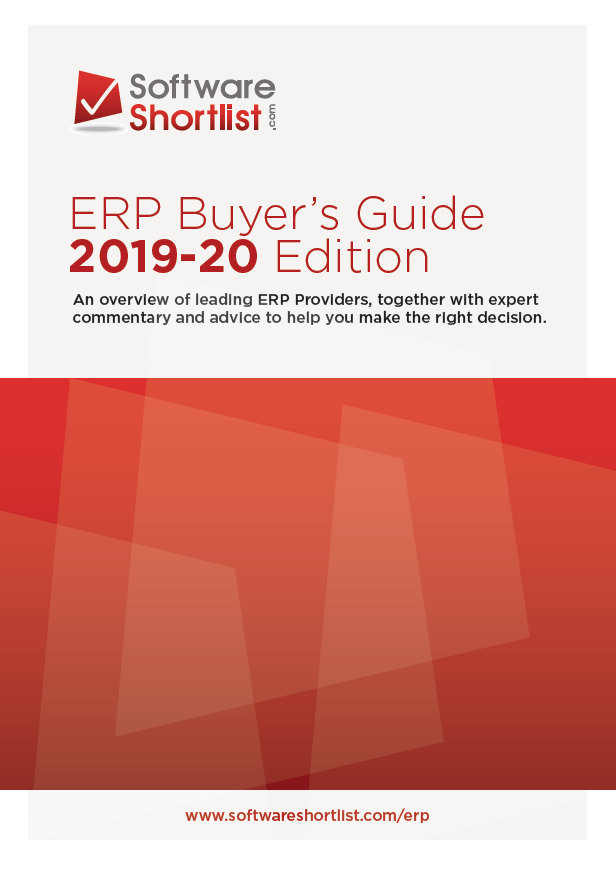 Probably not – and that’s likely because you don’t know what, or even where, it is…
Probably not – and that’s likely because you don’t know what, or even where, it is…
Information management vendor Veritas reckons businesses down under should put a value to their data and put it on the balance sheet as an asset. Which is all well and good until one gets to putting a dollar sign to data – which is the point at which things become difficult.
The one thing we really wanted to know from Louis Tague, ANZ MD of Veritas was not so much should businesses make data a part of their balance sheet, but rather how they could go about doing that.
Tague instead concentrated on the should. “When you look at information, for any organisation it is the biggest asset next to people. Without information, most companies can’t operate.”
Absolutely. But valuing information in dollar terms, which one imagines would be necessary if it is to be added to the balance sheet, is a different kettle of fish to acknowledging the obvious fact of its value. An MIT Sloan article makes clear both how valuable data is and also how difficult achieving a valuation can be.
Indeed, said Tague, “When you think about some of the world’s largest organisations, like Google or Microsoft or Amazon, their balance sheets won’t show information as an asset – yet these organisations are valued not on their data centres but on the information they hold.”
This rather begs the question of how Joe Business in Sydney or Auckland is to set about putting a value to data and then including it as an asset on the balance sheet. If the big boys can’t/aren’t doing it, why and how could a local company pull it off? “That is a challenge, as the information is a strategic asset, but because it is not on the balance sheet, it is not treated as such. And businesses really need to manage that asset.”
While nobody could argue the value of data today, the difficulty in managing it becomes clearer when considering just how much there is and how little used. Other commentators have noted the ease with which data is generated, with Xero’s Sam Daish recently pointing out that it is hard not to create the stuff; market analysts have noted that precious few data does anything more than occupy storage space.
While Gartner provides a number of methodologies for valuing data as an asset, Tague’s thrust was that first, organisations should get a complete handle on just what and where their data is; you can’t manage what you can’t measure, and all that.
“Most businesses aren’t doing all that great a job of managing their data,” he said. “In fact, it tends to be scattered all over the place, in data lakes, data warehouses, across multiple platforms on premise and in various clouds. And a lot of that is ‘dark data’, organisations don’t even know what it is, let alone if it is of any use.”
He said most organisations will manage their infrastructure better than they will manage the information itself – a comment which make a good deal of sense. After all, the infrastructure is recognised as an asset, so-.
“You’ve got to ask, which is more important? Which is more valuable? The answer is quickly coming to light with legislative changes such as the GDPR in EMEA and the Australian breach notification laws. The regulations are recognising the importance of data and the necessity to make corporations responsible.”
And Tague has definite advice on how to get a handle on data. “It starts with a fundamental process to understand what the data you own looks like. And what we’ve found is 50 percent of any organisation’s information turns out to be dark data. They just don’t know what it is, where it sits and who has responsibility for it.”
Once scoped, he said the next step is to look at how to protect it. And then the work can start to put the data to better use, such as providing access to it by the right people. “This is moving towards using the data as an asset, rather than having it sitting there doing nothing,” Tague said.
Given the nature of data creation and storage, and its pesky habit of going off into spreadsheets, USB drives, laptops and other devices, keeping on top of the data asset is a moving target, he confirmed. “Absolutely. You need to be diligent and disciplined. And businesses need to think about decisions to optimise, how long to keep information, where the copies are located and if the right stuff is being retained and is there stuff which can be confidently deleted.”
He does believe most businesses are aware of the challenge, even if they aren’t yet doing anything about it. “Many are trying to get visibility. They can see costs exploding and they know the value of data. Organisations need to have an information centric view and data visibility is a key challenge that they need to solve.”



